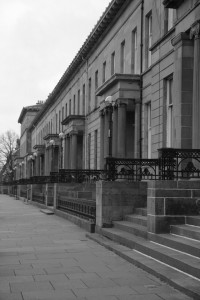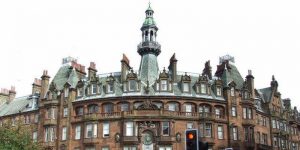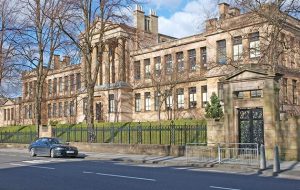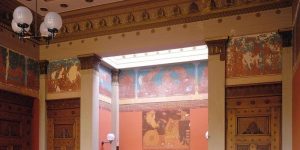To celebrate the bicentenary of Alexander ‘Greek’ Thomson‘s birth a programme of events and activities have been planned to take place throughout 2017. We will continue to update this calendar throughout the year with more and more exciting events as these are confirmed so please keep checking back. You can also sign up to our e-mail newsletter here to stay up to date.
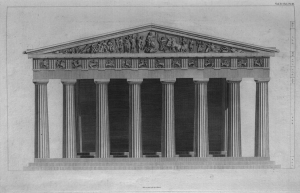
The Alexander Thomson Society are pleased to present a rare books event in association with The Mitchell Library.
Glasgow architect and director of the Society, Scott Abercrombie, will deliver a talk giving a historical context to the importance of these books in relation to Thomson’s work and other contemporary Glaswegian architects. He will discuss built examples where the influence of these texts can be found in the architecture of Glasgow or where the ideas that they present have influenced the Thomson’s design philosophy.
Following this introduction a number of rare editions of these books will be made available for your perusal by The Mitchell Library. Due to the sensitivity of some of these texts the we have had to limit the number of tickets for this event, so book early to avoid disappointment.

We are delighted that Eric Parry joins the Society this year to deliver our annual Alexander Thomson lecture.
This event is open to all. Members can book tickets by clicking “enter promotional code” and entering the password they received in the post along with their journal. Members requiring a reminder of their password or other assistance can contact the Society at info@alexanderthomsonsociety.org.uk
Eric established Eric Parry Architects in 1983. Under his leadership, the practice has developed a reputation for delivering beautifully crafted and well considered buildings that respond to their context. London has been the focus and the setting for most of his work.
Eric Parry Architects is renowned for cultural projects involving sensitive historic buildings such as the restoration of St Martin-in-the-Fields Church in Trafalgar Square and the highly acclaimed new extension for the Holburne Museum of Art in Bath. He has also worked on several highly prestigious commercial projects in London’s City and West End, including Stirling Prize shortlisted schemes at 30 Finsbury Square and 5 Aldermanbury Square, and the recently completed One Eagle Place in Piccadilly. Clients include The Crown Estate, Generali, Aviva, Henderson Global Investors and Argent.
In addition to his work in architectural practice, Eric serves on the Royal Academy Architecture Committee, the RIBA Library Committee, the Kettle’s Yard Committee, the Canterbury Cathedral Fabric Advisory Committee, the Mayor’s Design Advisory Panel and the Council of the British School at Rome. He has in the past served on the Arts Council of England’s Visual Arts and Architecture panel, chaired the RIBA Awards Group and was President of the Architectural Association.
He was elected Royal Academician in 2006 and awarded the honorary degree of Doctor of Arts from the University of Bath in 2012.
His contribution to academia includes 14 years as Lecturer in Architecture at the University of Cambridge and lectureships at the Graduate Design School, Harvard University and the Tokyo Institute of Technology.

Glasgow architect John Joseph Burns will present his research into the history of the tenement typology in Scotland, examining its development from the 1700’s to current times.
“The Tenement typology defines Glasgow not only in it’s urban character but also in it’s history and it’s own self-perception. Much has been written about the Glasgow tenement with its own unique character analysing it from a social history or urban planning perspective but there isn’t a study which cohesively tells the story of the architectural evolution of the Glasgow tenement from it’s medieval beginnings right through to the social housing provision of today. Telling this story of the naturally evolving tenement will ultimately reveal the history of Glasgow itself. The changing form of each period reflects the standards, restrictions, aims, ambitions and even failings of the time they were built. The study will focus on the everyday tenements that form the large majority of the housing stock at Glasgow’s peak and still to this day.”

